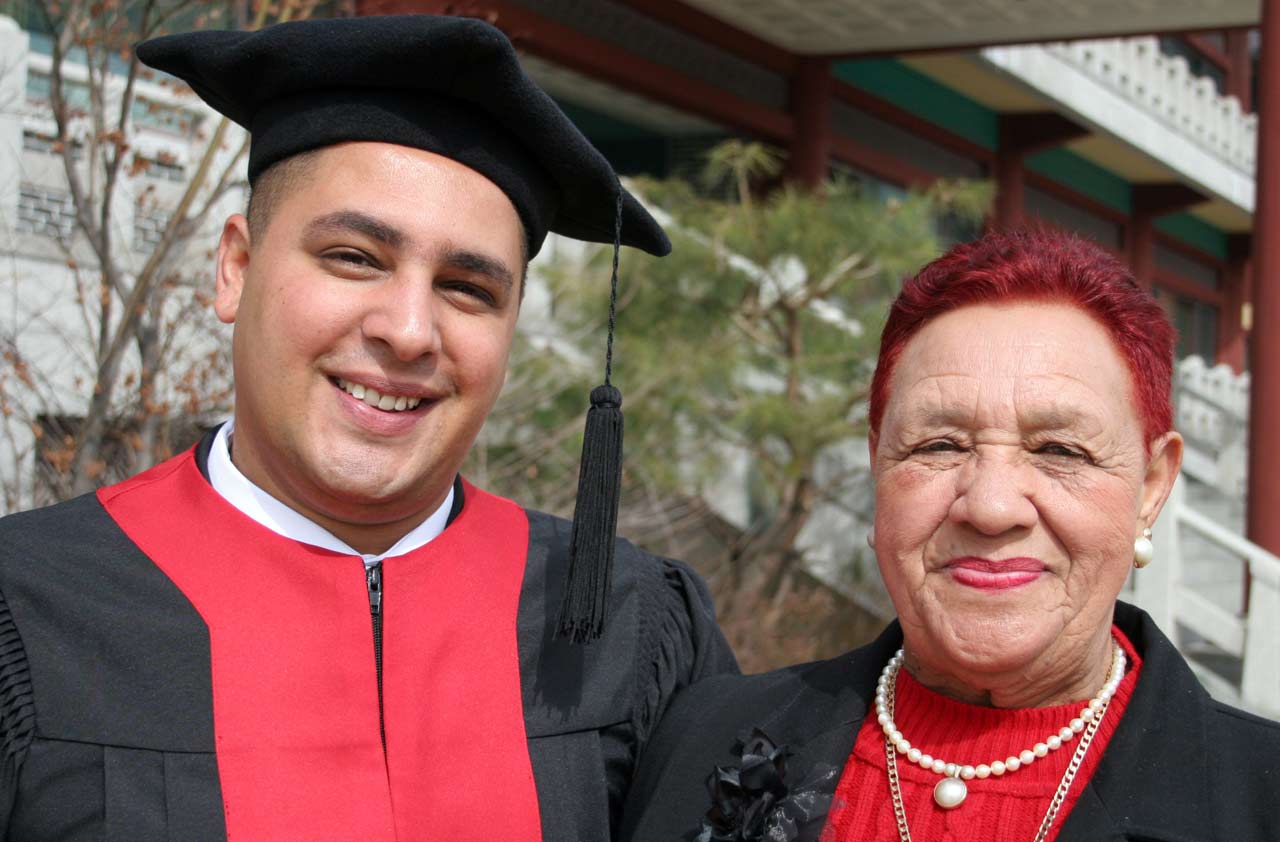How to Help Grandchildren Pay for College
Follow these tax-saving strategies while gifting money to help fund their education.


With the fall semester beginning for college students, many grandparents may want to help their grandkids pay for education costs. Of course, the younger the grandkids are, the longer the money squirreled away for their education can grow, but there are ways to help older grandkids, too. Here are a few smart tax-saving strategies you can use.
Direct contributions. With the annual gift-tax exclusion, each grandparent can give up to $15,000 to each grandchild in 2019 free of gift taxes. A couple can give $30,000 to each grandchild without tapping into their lifetime gift-tax exclusions (which for 2019 is $11.4 million per person). Tuition paid directly to the college also avoids gift tax.
If you pay for tuition directly or give money to your grandkids, however, that money will impact financial aid. Depending on how the college or university classifies the money, it will be deemed as either cash support or a resource. “Neither of these situations are ideal,” says Mark Kantrowitz, publisher and vice president of research for SavingforCollege.com.

Sign up for Kiplinger’s Free E-Newsletters
Profit and prosper with the best of expert advice on investing, taxes, retirement, personal finance and more - straight to your e-mail.
Profit and prosper with the best of expert advice - straight to your e-mail.
Cash support can reduce eligibility for financial aid by as much as half of the amount given. “Essentially, it’s treated the same as student income,” Kantrowitz says. But if you wait until the student’s sophomore year (or junior year for five-year students), the money won’t impact financial aid because the Free Application for Federal Student Aid (FAFSA) form only assesses income from two years prior. If it’s deemed a resource, your gift immediately reduces financial aid dollar for dollar.
Contributing to a 529 plan. If owned by the student or parent, a 529 college savings plan is treated as a parent asset on the FAFSA with a maximum impact of 5.64%. “With a 529 plan, the benefits are great, and the cost of investing is very little,” says Jim DiUlio, chair of the College Savings Plans Network. You can open and control a custodial 529, making your grandchild both beneficiary and account owner.
While contributing to a 529 plan that you own yourself could help reduce your state income tax, you could negatively impact your grandchild’s financial aid eligibility. “If the 529 plan is owned by anyone other than the student or the parent, distributions will be classified as cash support,” says Kathryn Flynn, content director for SavingforCollege.com. There are workarounds for this, however. If you already own a 529 plan, you can roll over the account assets to a parent- or student-owned 529, depending on your state’s laws. If you wait until after the FAFSA is filed to do the rollover, then it’s not reported as an asset and the distributions won’t impact aid eligibility.
You could also make use of a strategy known as “superfunding,” which allows you to give five times the annual gift-tax exclusion amount at once. For 2019, that means you could stash up to $75,000 into a 529 for each grandchild. “That’s a way to give a fairly large lump sum without running into gift-tax issues and with a low impact on financial aid,” says Kantrowitz. But the lump sum will be treated as if it were given over a five-year period, and if the grandparent dies in the five-year period, part of the contribution will be counted in the grandparent’s estate.
Paying student loan debt. You can’t pay student loan debt directly, but you could always gift money to cover the debt to your grandchildren. Again, because the FAFSA has a two-year lookback, grandparents should wait until after the grandchild’s sophomore year or after the grandchild graduates to help pay student loans.
Pending legislation would allow 529 money to be used to repay up to $10,000 of student loan debt per borrower. For now, money in a grandchild’s 529 plan used to pay off student loans would be a nonqualified distribution. Because taxes and penalties are assessed on the earnings portion of the distribution, there might not be any financial repercussions from the nonqualified distribution if the money was contributed recently, says Kantrowitz.
Get Kiplinger Today newsletter — free
Profit and prosper with the best of Kiplinger's advice on investing, taxes, retirement, personal finance and much more. Delivered daily. Enter your email in the box and click Sign Me Up.

Emma Patch joined Kiplinger in 2020. She previously interned for Kiplinger's Retirement Report and before that, for a boutique investment firm in New York City. She served as editor-at-large and features editor for Middlebury College's student newspaper, The Campus. She specializes in travel, student debt and a number of other personal finance topics. Born in London, Emma grew up in Connecticut and now lives in Washington, D.C.